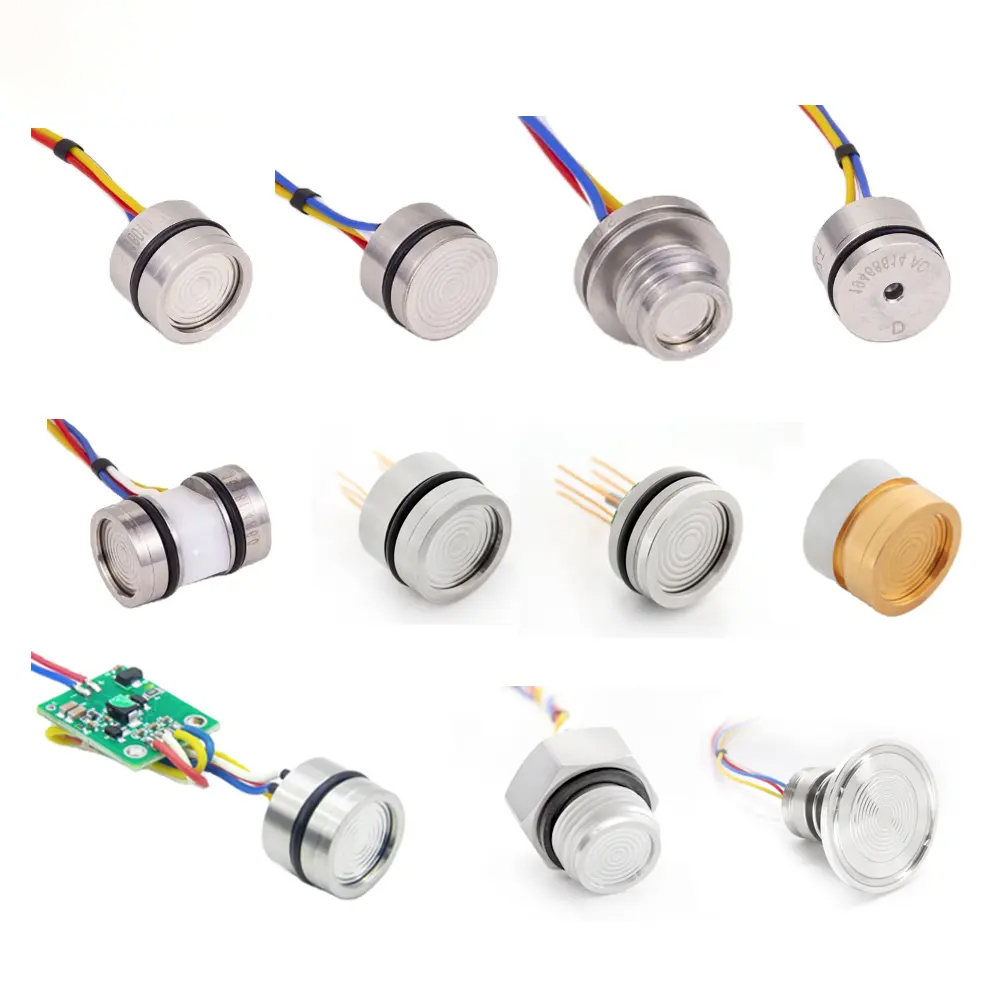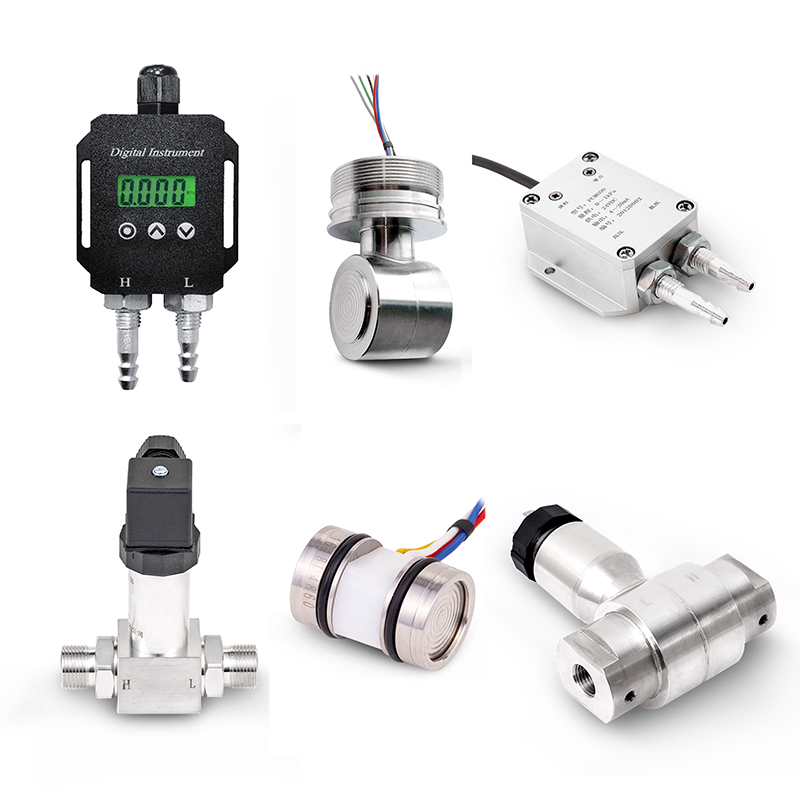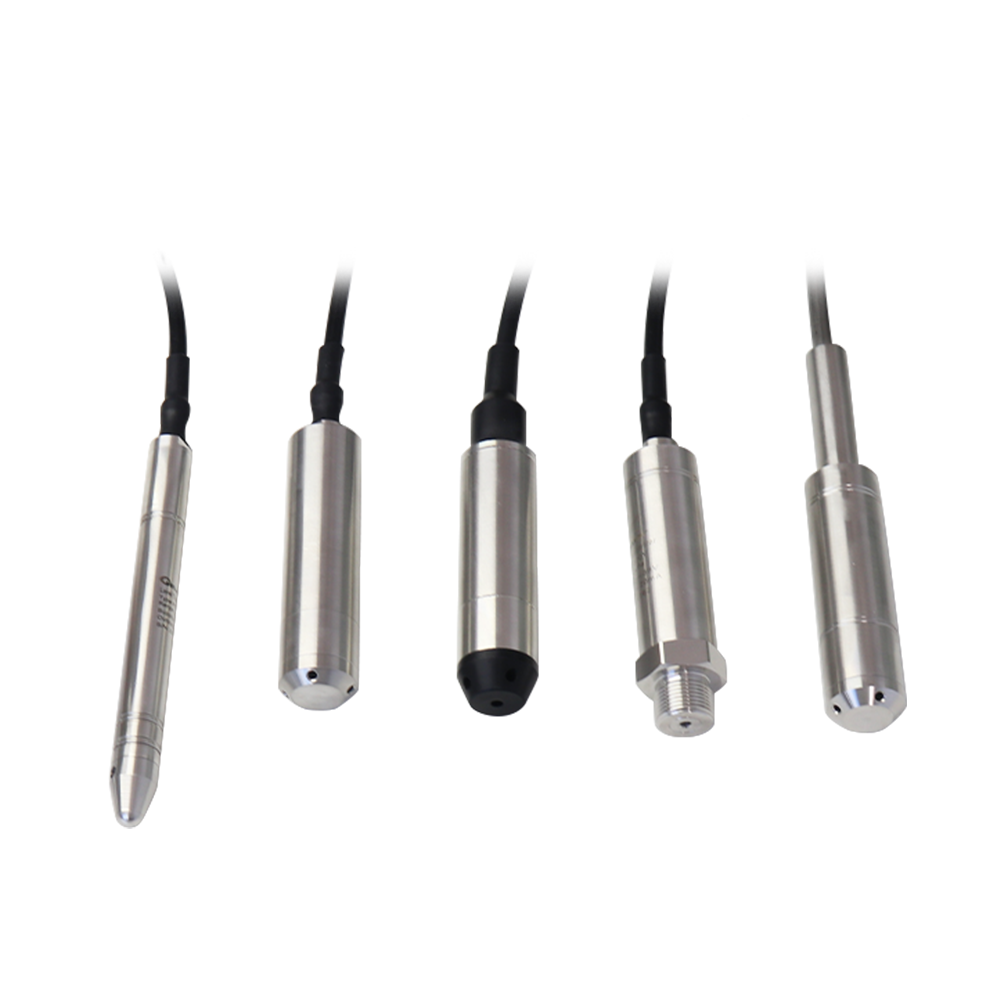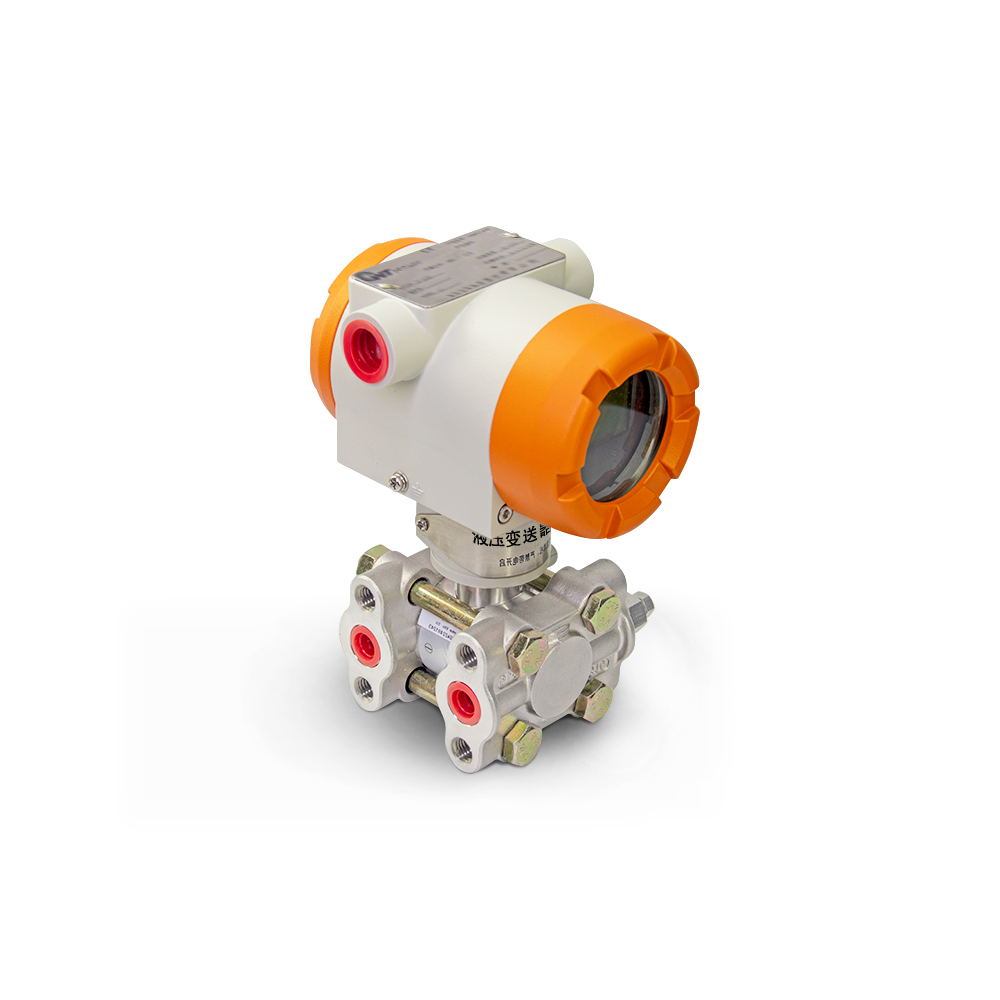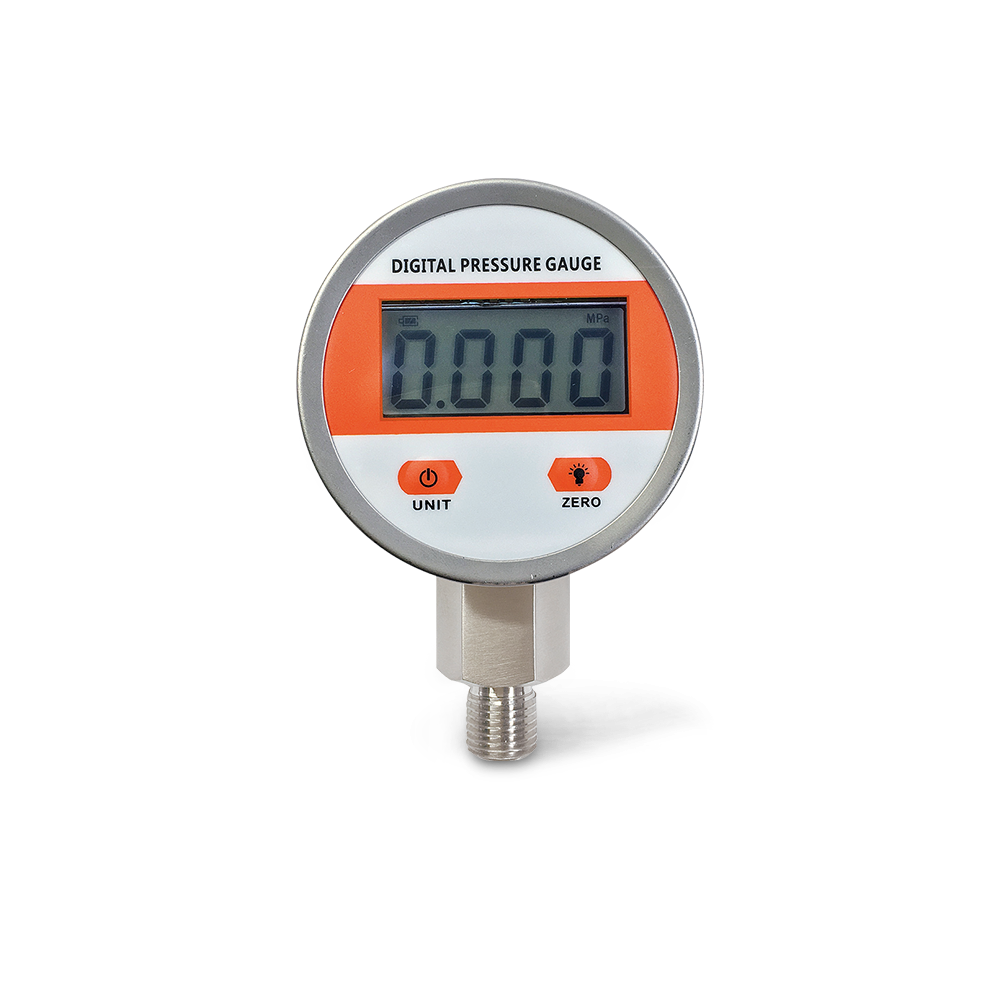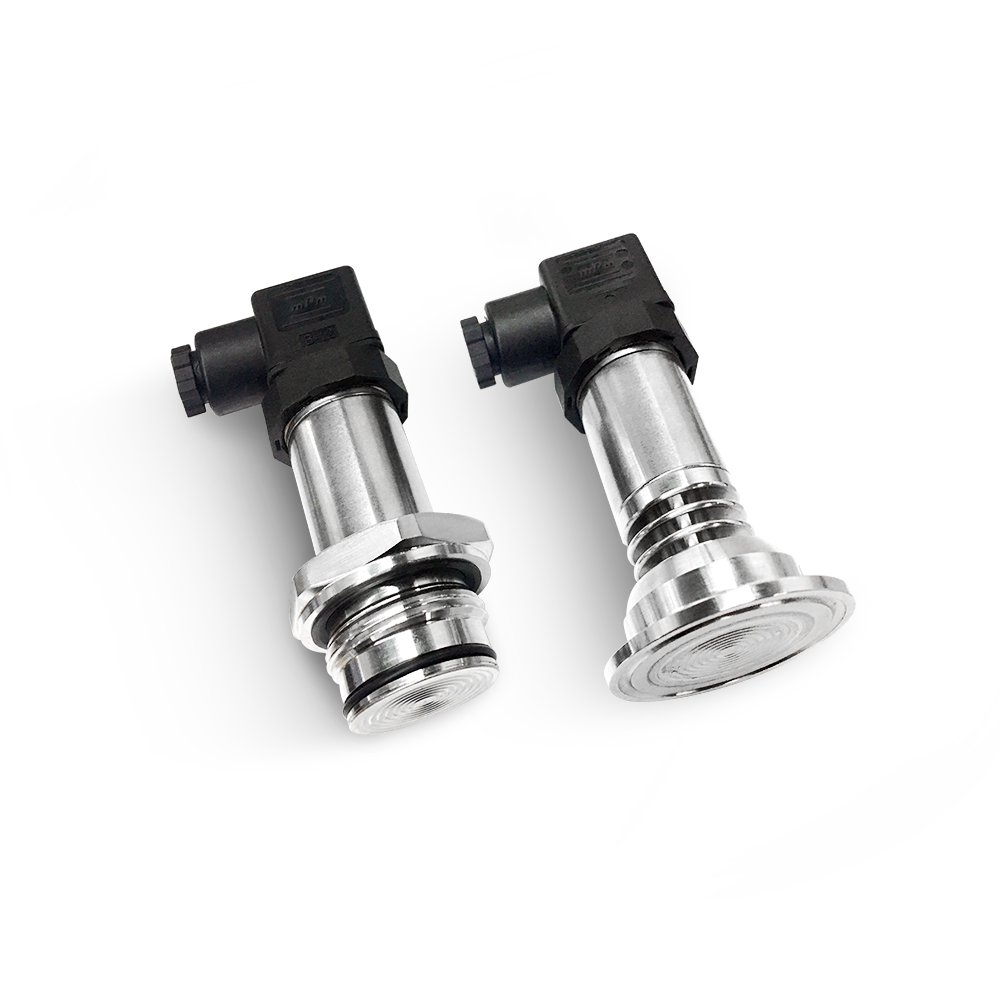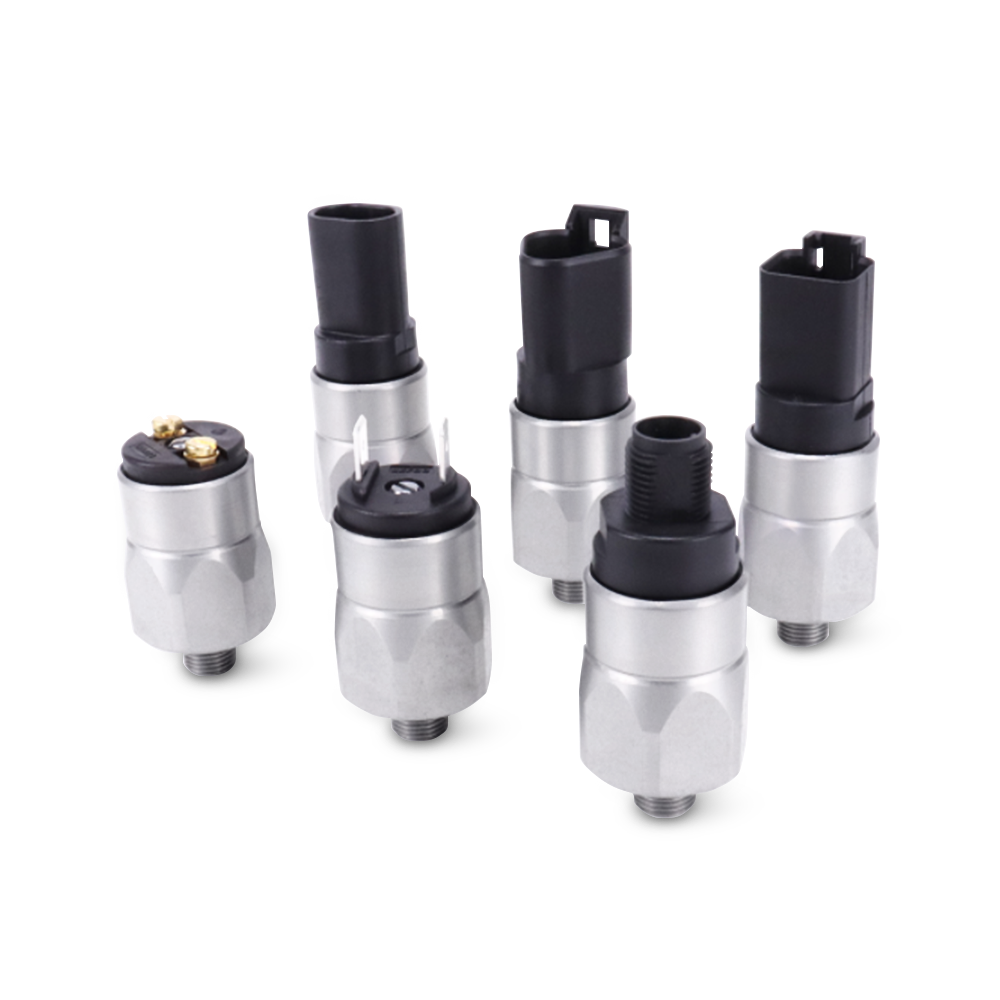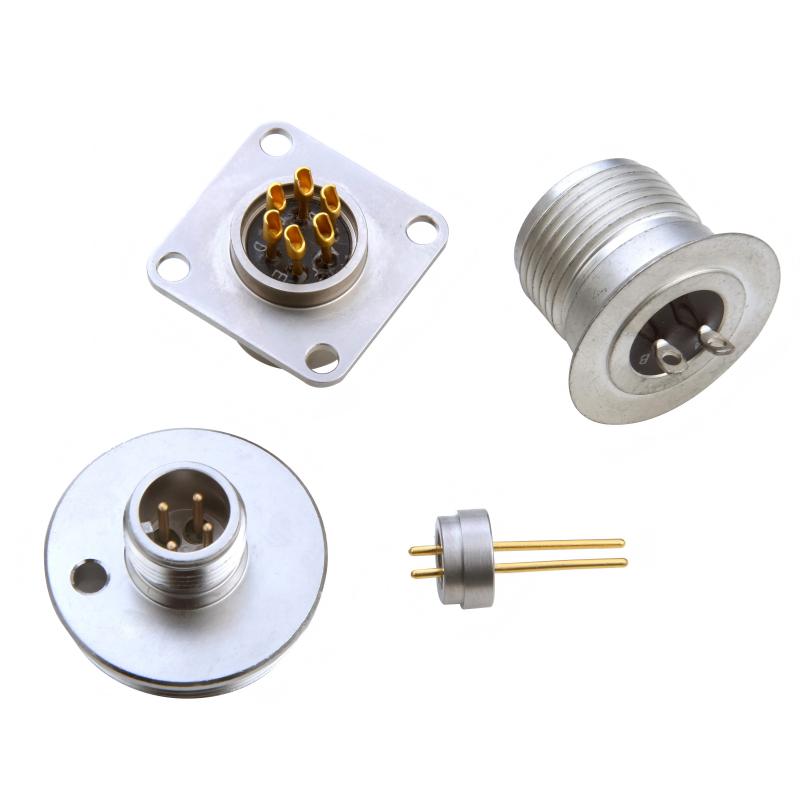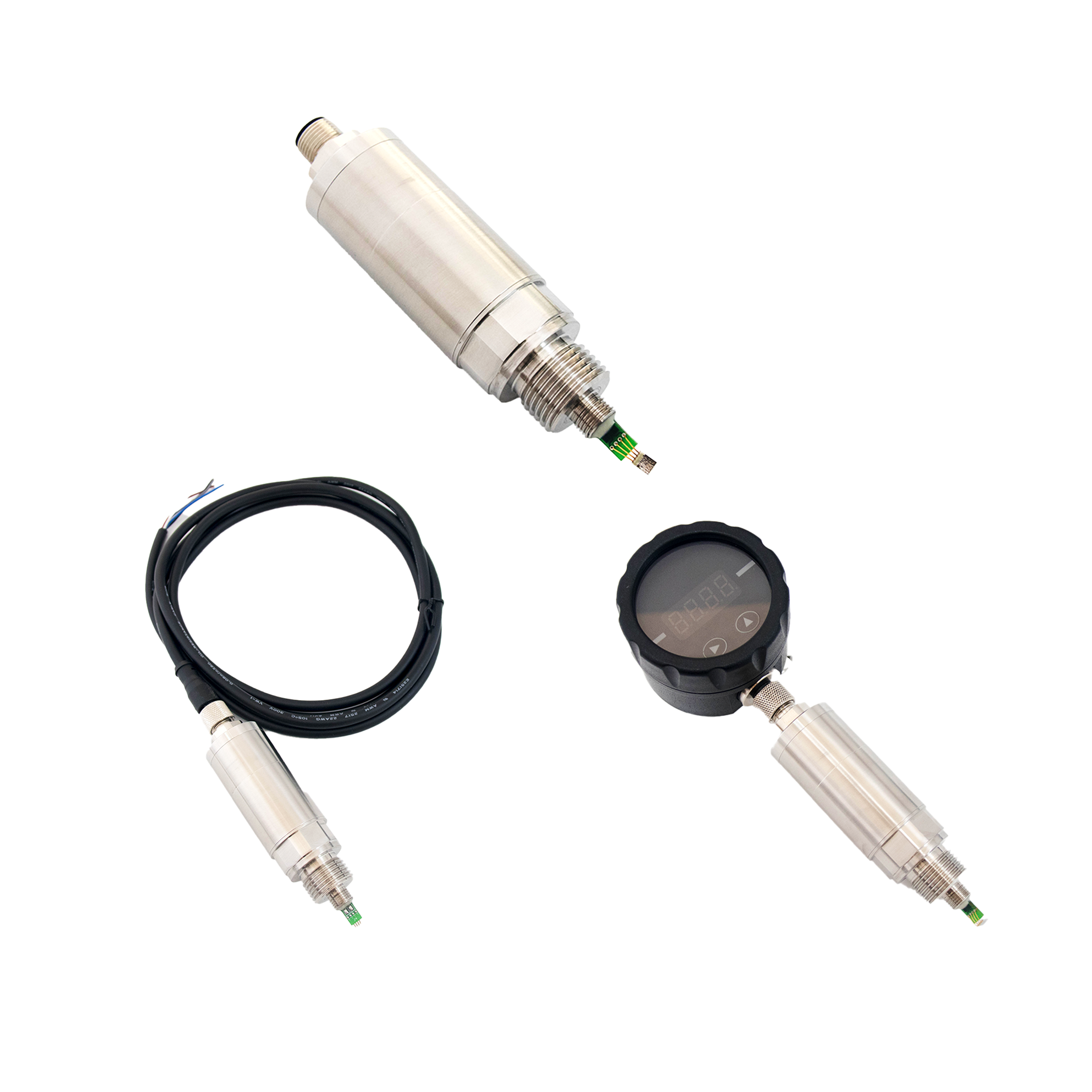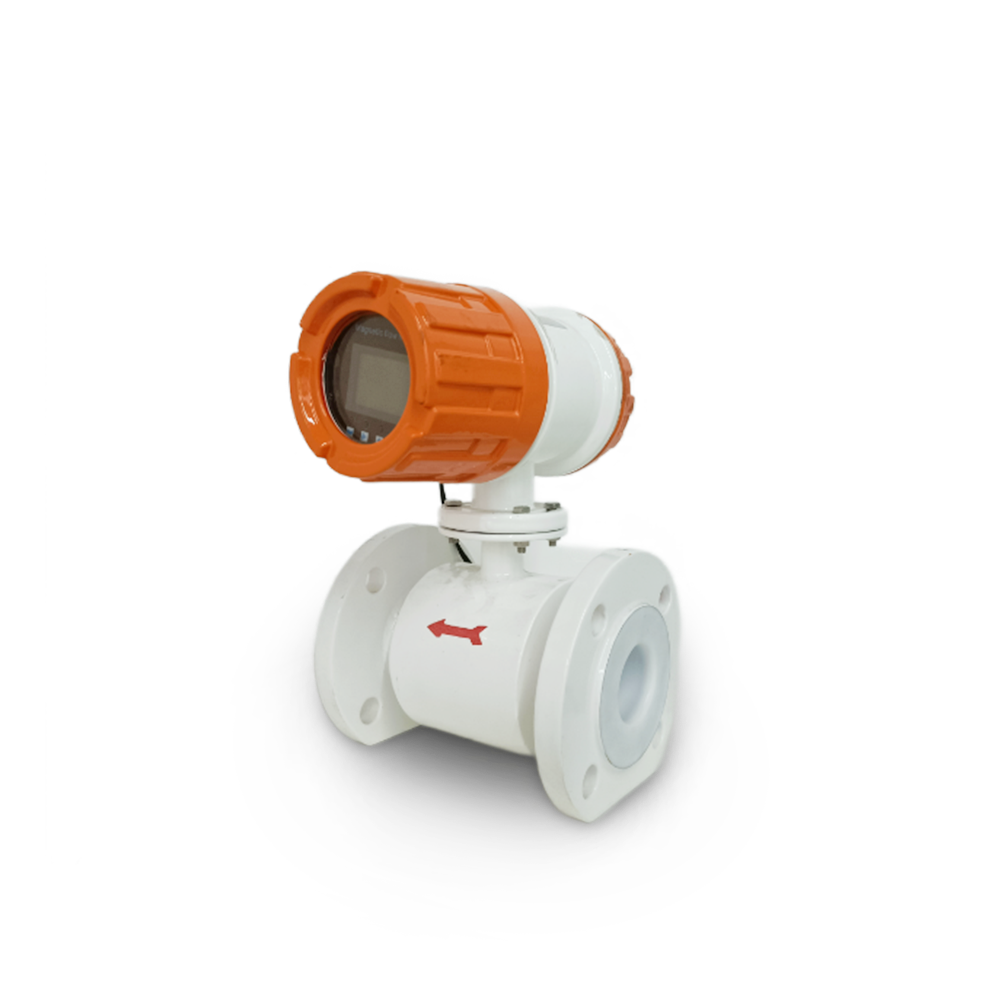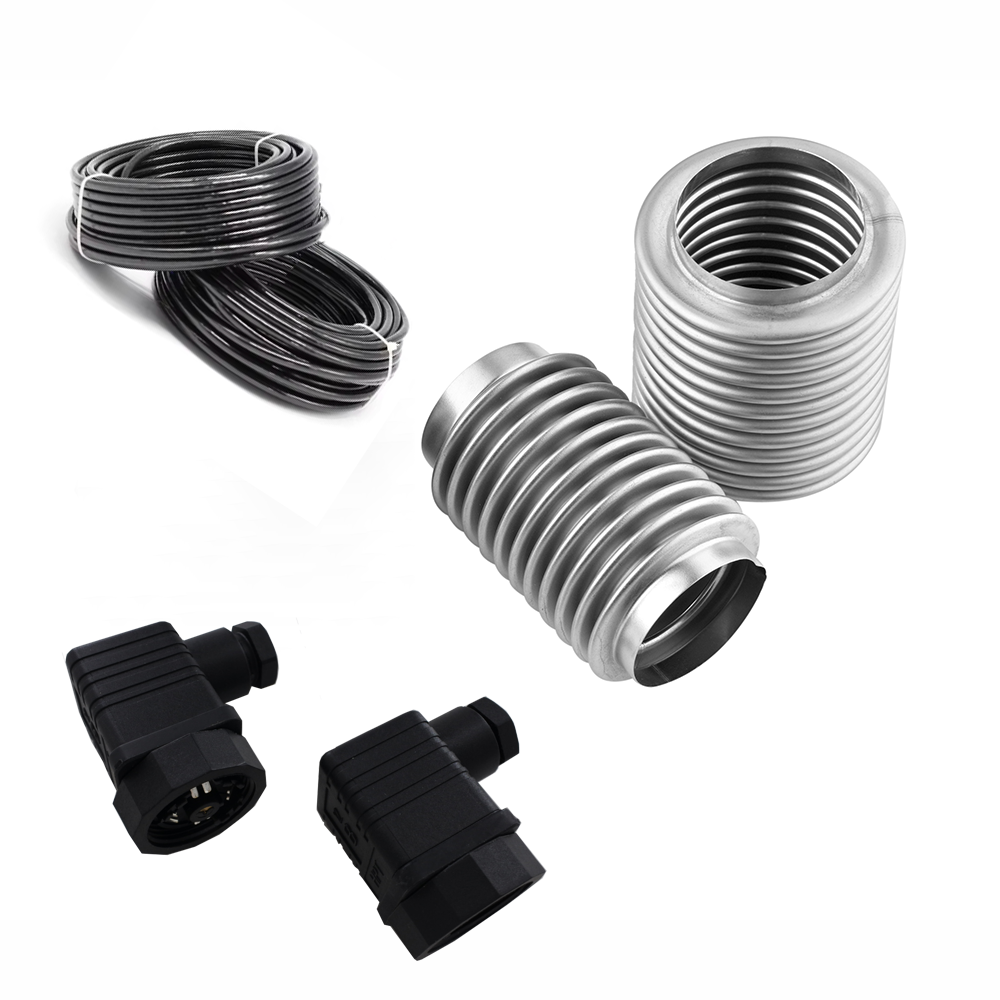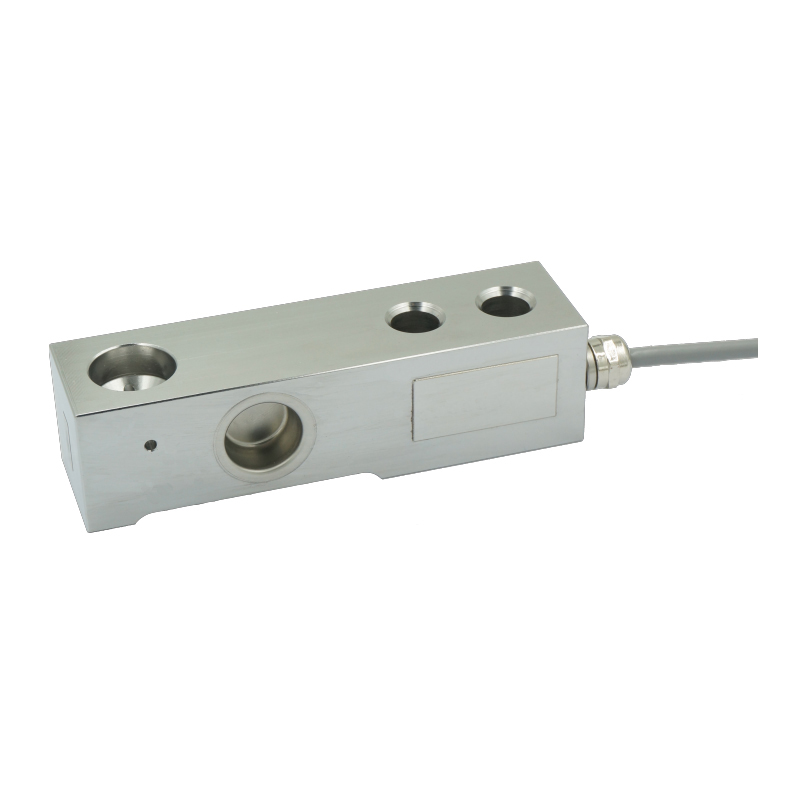Pressure Sensor Solution for Hydrogen Fuel Cell Generator Sets
From: Issued date 2025.08.07 Back
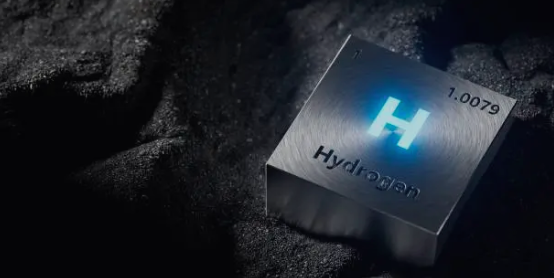
With the global push for clean energy, hydrogen-powered fuel cells are gaining traction in a variety of settings, from commercial facilities to residential and institutional infrastructure. These generators are becoming particularly popular in locations such as hotels, factories, kindergartens, and decentralized energy stations where consistent and efficient electricity supply is critical. To ensure the safe and efficient operation of these systems, accurate pressure monitoring is essential. This article explores an optimized pressure sensor solution specifically designed for hydrogen-powered generator sets operating in mixed gas environments.
Understanding the Application: Hydrogen-Powered Fuel Cells
Fuel cells convert chemical energy directly into electrical energy through a controlled reaction between hydrogen and oxygen. Unlike combustion-based generators, these systems are silent, emission-free (except for water vapor), and highly efficient. The chemical reaction inside the fuel cell stack produces electricity, water vapor, and heat.
The typical gas mixture entering the fuel cell in this application comprises approximately 80% air and 20% hydrogen. This mixture must be closely monitored, especially on the methane fuel line, to control gas flow rates and pressure during operation. While hydrogen and oxygen drive the core reaction, methane is often used as a source for hydrogen through reforming processes, particularly in stationary fuel cell systems. As such, the pressure sensor is required to measure methane under low to medium pressure conditions.
Sensor Application Requirements
Fuel cell systems demand sensors that can operate reliably under specific environmental and process conditions. The key parameters for this application include:
• Pressure range: Standard operating pressure of 30 kPaG, with a maximum pressure of 80 kPaG.
• Temperature range: -20°C to 70°C, reflecting both indoor and semi-exposed installation environments.
• Measurement medium: Methane gas, indirectly exposed to hydrogen and trace amounts of water vapor.
• Durability: The pressure sensor must maintain stable and accurate performance for over 10 years of continuous use.
• Form factor: Compact enough to integrate within a 2m tall, 1m wide generator housing.
Given these requirements, a well-engineered pressure sensor must combine sensitivity, selectivity, long-term stability, and environmental robustness.
The Ideal Pressure Sensor Technology
For this application, a capacitive or piezoresistive pressure sensor with a silicon-based core is the most suitable solution. These sensor technologies offer the necessary sensitivity and accuracy at low pressures and can be designed with robust packaging to withstand harsh gases and variable temperatures.
Recommended Sensor Type: Low Pressure Silicon-based Gauge Pressure Sensor
Key Features:
• Pressure range: Calibrated for 0-50 kPaG or 0-100 kPaG depending on application tolerance, ensuring margin against the 80 kPa maximum pressure.
• Temperature Compensation: Built-in temperature compensation ensures reliable output even in fluctuating ambient conditions from -20°C to 70°C.
• Media Compatibility: Special coatings or isolated diaphragm designs (such as stainless steel or ceramic) protect the sensor chip from corrosive effects of hydrogen and residual moisture.
• Output Signal: Standard analog (4-20 mA, 0.5-4.5 V) or digital (I²C, SPI) interfaces compatible with common fuel cell control units.
• Long-term Stability: Drift less than ±0.2% FS/year ensures accurate operation over the 10-year life expectancy.
• Safety Compliance: ATEX/IECEx explosion-proof rating where applicable due to methane and hydrogen presence.
Material and Design Considerations
Given the exposure to methane and potential hydrogen diffusion, sensor construction must resist gas permeation and corrosion over time. Stainless steel 316L or Hastelloy diaphragms with welded hermetic seals are ideal. If isolation from the gas is required, an oil-filled diaphragm-separated sensor design can be employed.
Additionally, internal electronics must be protected against moisture from ambient humidity and condensation from water vapor byproducts. Therefore, IP67 or higher ingress protection is recommended for the sensor housing.
Integration into the Fuel Cell System
The pressure sensor is typically installed upstream of the reformer or directly on the fuel supply line entering the stack. Its readings are fed into the fuel cell controller, which adjusts flow rates using proportional valves or regulators. Accurate pressure data ensures:
• Efficient reforming: Stable pressure is necessary for consistent hydrogen generation.
• Safe operation: Prevents over-pressurization and potential gas leaks.
• Optimal performance: Pressure feedback helps maintain the fuel cell’s output efficiency and prolongs system life.
Real-World Application Scenario
Let’s consider a hotel using a hydrogen-powered generator for backup power and peak load shaving. The system operates under varying loads depending on occupancy and seasonal demand. Accurate pressure sensing ensures that the methane-to-hydrogen reforming process stays within ideal operating conditions. Even in colder months, where ambient temperatures may drop below 0°C, the sensor continues to deliver reliable pressure readings without drift or signal lag.
In another case, an energy station operating in a tropical climate must deal with high humidity and elevated temperatures. Here, the sensor’s resistance to moisture ingress and thermal compensation is critical to avoid false readings or corrosion-related failures.
Advantages of a High-Quality Pressure Sensor Solution
A pressure sensor tailored for this type of application delivers several critical benefits:
1. Safety Assurance
Accurate pressure monitoring prevents overpressure scenarios that could lead to dangerous leaks or explosions.
2. Energy Efficiency
By maintaining optimal pressure levels, the fuel cell can operate at peak efficiency, maximizing electricity output for every unit of methane used.
3. Low Maintenance
A durable, drift-resistant sensor minimizes the need for recalibration or replacement over the system’s lifespan.
4. Seamless Integration
Compatible signal outputs allow direct communication with most programmable logic controllers (PLCs) or embedded systems in fuel cell controllers.
5. Environmental Compliance
Sensors with certifications such as RoHS and explosion-proof ratings help meet regulatory standards for green energy installations.
Hydrogen-powered fuel cell generator sets represent a forward-looking solution for clean, efficient energy in both urban and industrial environments. However, their reliability and performance depend heavily on accurate gas flow and pressure monitoring. The right pressure sensor—engineered for low-pressure methane gas applications, with robust environmental protection and long-term stability—can ensure these systems run safely and efficiently for years.
By selecting a pressure sensor that meets the specifications of 30 kPaG nominal pressure, 80 kPaG maximum, -20°C to 70°C operating temperatures, and 10-year service life, developers and integrators can build resilient fuel cell solutions that meet the needs of modern power users.
This article Tags: pressure sensor pressure transmitter
Back to List
